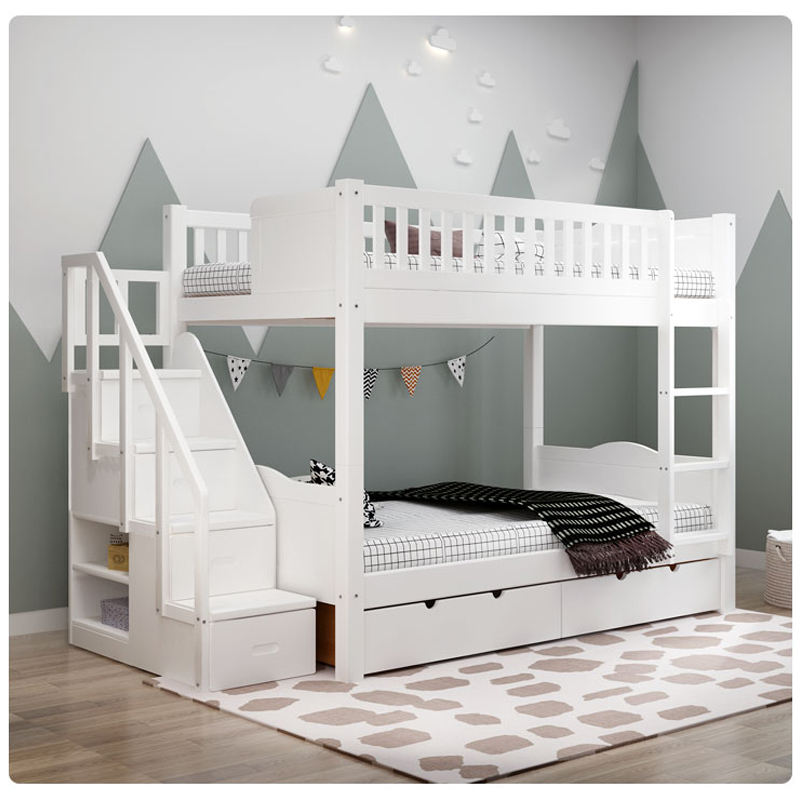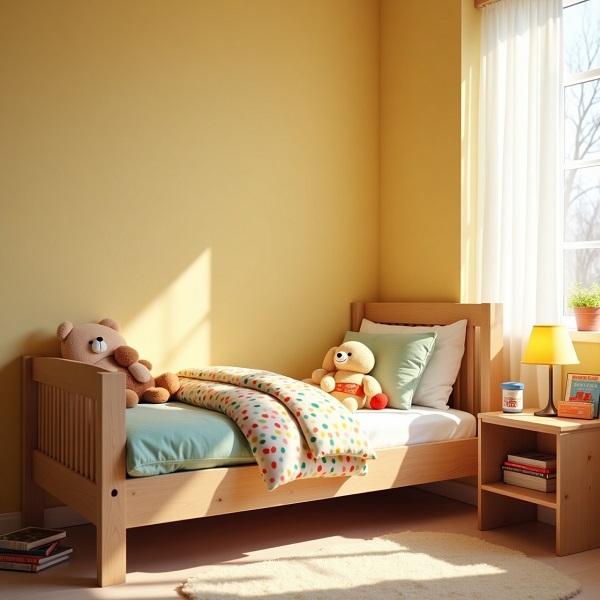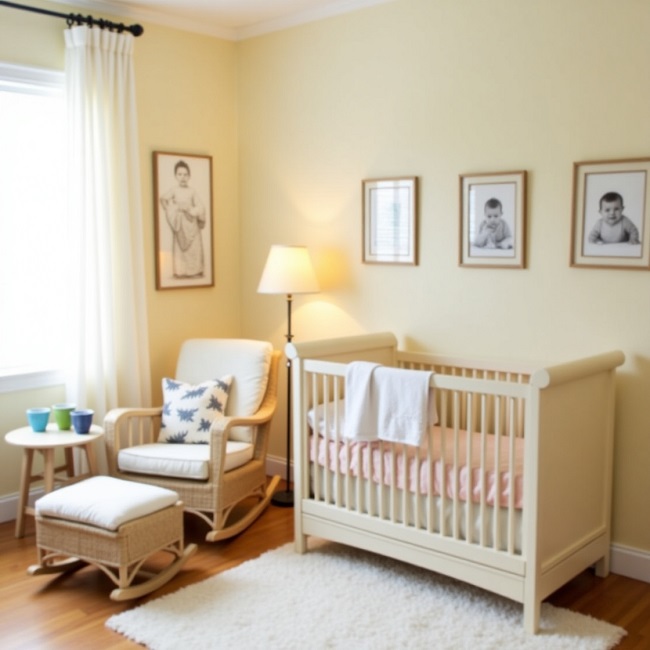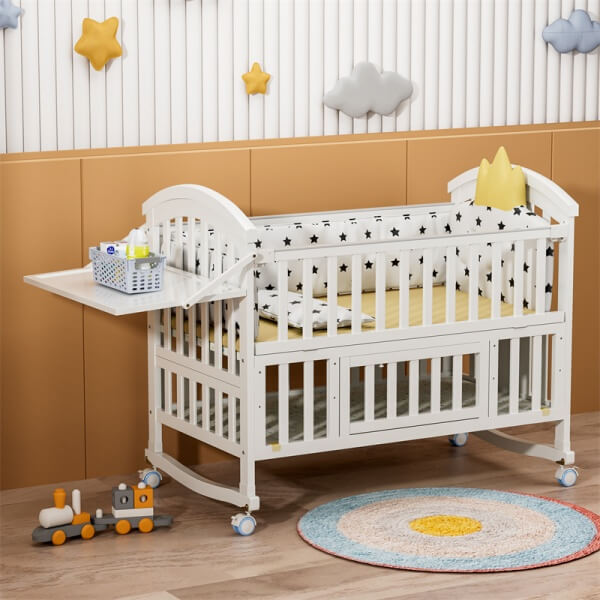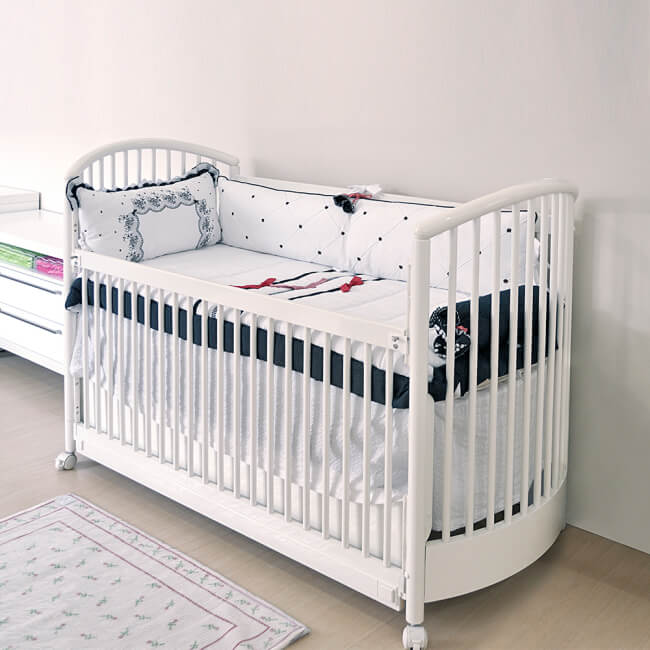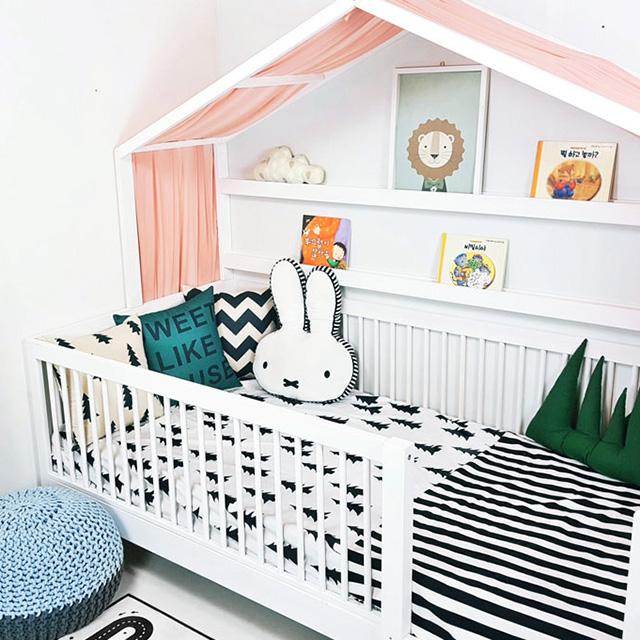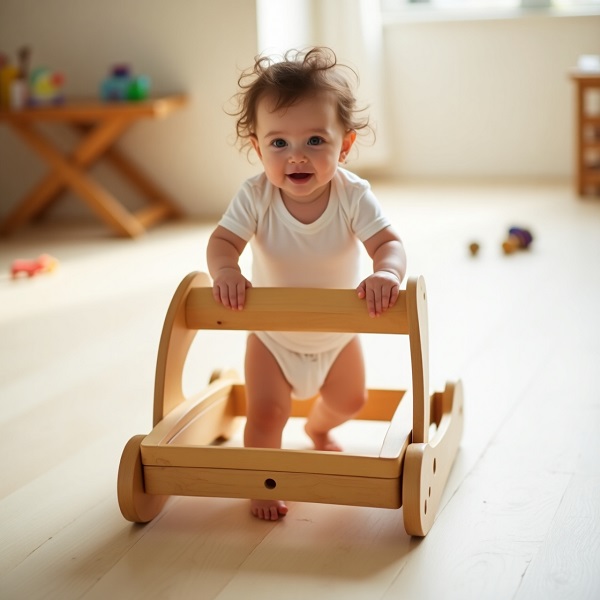Bunk beds have long been a popular choice for families with limited space or multiple children. They offer a variety of benefits that make them a practical and functional option for any home. One of the most obvious advantages of bunk beds is their ability to maximize space. By stacking one bed on top of another, you instantly create more floor space in a room, allowing for additional furniture or play area. This is especially beneficial in smaller bedrooms or shared spaces where every square inch counts.

Another benefit of bunk beds is their versatility. They are available in various styles, sizes, and configurations, making them suitable for different needs and preferences. Whether you have two children sharing a room, need a guest bed for sleepovers, or want to create a cozy reading nook, there is a bunk bed design that can fulfill your requirements. Additionally, some bunk beds feature built-in storage solutions such as drawers or shelves, further maximizing the functionality and organization of a space.
Bunk beds also promote a sense of togetherness and bonding among siblings or friends. Sleeping in close proximity can create a unique and intimate experience, fostering a stronger connection between children. It can also be a fun and exciting adventure for kids, as climbing up and down the ladder or engaging in imaginative play becomes part of their daily routine. Overall, bunk beds offer numerous advantages that go beyond just saving space, making them a popular choice for families worldwide.
Types of bunk beds
When it comes to choosing a bunk bed, there are several types to consider, each with its own unique features and benefits. Understanding the different options available can help you make an informed decision that best suits your needs. Here are some common types of bunk beds:
- Standard bunk bed: This is the most traditional type, consisting of two beds stacked on top of each other. It usually features a ladder or staircase for easy access to the upper bunk. Standard bunk beds are versatile and suitable for various room sizes and configurations.
- L-shaped bunk bed: As the name suggests, this type forms an L shape, with one bed positioned at a right angle to the other. This design provides additional floor space in the room and creates a cozy corner for relaxation or storage.
- Loft bunk bed: Loft bunk beds are a great choice if you want to maximize space even further. They feature a raised bed on top, leaving the area underneath free for other purposes. This space can be utilized as a study area, play zone, or even as additional storage.
- Triple bunk bed: Ideal for larger families or frequent sleepovers, triple bunk beds offer three sleeping surfaces stacked on top of each other. They are a convenient solution for accommodating more children or guests without compromising on space.
- Futon bunk bed: This type combines the functionality of a bunk bed with a futon or sofa bed. The lower bunk can be transformed into a seating area during the day, providing extra seating or lounging space.
It’s important to assess your specific needs and available space before choosing a bunk bed type. Consider the layout of the room, the number of occupants, and any additional features you may require.

Factors to consider when choosing a bunk bed
Choosing the perfect bunk bed involves considering various factors to ensure it meets your needs and preferences. Here are some important considerations to keep in mind:
- Safety: Safety should be the top priority when selecting a bunk bed. Look for beds that meet safety standards and have sturdy construction. Ensure that the bed has guardrails on the upper bunk to prevent falls, and the ladder or staircase is secure and easy to climb.
- Size and dimensions: Measure the available space in the room to determine the appropriate bunk bed size. Consider the height of the ceiling to ensure there is enough clearance for the upper bunk. Take into account the dimensions of the mattresses as well, as they should fit comfortably within the bed frame.
- Material and durability: Bunk beds are typically made from wood or metal. Both materials have their advantages, so choose one that suits your preferences in terms of aesthetics and durability. Wood provides a classic and warm look, while metal offers a sleek and modern appearance.
- Weight capacity: Take into consideration the weight capacity of the bunk bed, especially if it will be used by adults or older children. Ensure that the bed can safely support the intended occupants to prevent any accidents or structural damage.
- Assembly and maintenance: Consider the ease of assembly and maintenance required for the bunk bed. Some beds come with detailed instructions and labeled parts, making the assembly process straightforward. Additionally, choose a bed that is easy to clean and maintain to ensure its longevity.
By considering these factors, you can narrow down your options and find a bunk bed that meets your specific requirements and preferences.
Safety considerations for bunk beds
As with any elevated sleeping structure, safety is of utmost importance when it comes to bunk beds. Here are some essential safety considerations to keep in mind:
- Guardrails: Ensure that the upper bunk of the bunk bed has sturdy guardrails on all sides to prevent falls during sleep. The guardrails should be at least 5 inches tall to provide adequate protection.
- Mattress thickness: Choose a mattress with an appropriate thickness for the upper bunk. A mattress that is too thick can increase the risk of a child’s head getting stuck between the mattress and the guardrail.
- Age and weight restrictions: Follow the manufacturer’s recommendations regarding age and weight restrictions for the bunk bed. Never exceed the recommended weight limit, as it can compromise the stability and safety of the bed.
- Proper ladder usage: Teach children the proper way to use the ladder or staircase to access the upper bunk. Emphasize the importance of holding onto the rails while climbing and descending to prevent accidents.
- Regular inspections: Regularly inspect the bunk bed for any loose or damaged parts. Tighten screws and bolts as needed and repair or replace any broken components immediately.
By adhering to these safety considerations, you can ensure that your bunk bed provides a secure and comfortable sleeping environment for everyone.
Space-saving tips for bunk beds
One of the main advantages of bunk beds is their ability to save space in a room. Here are some space-saving tips to maximize the efficiency of your bunk bed setup:
- Utilize vertical space: Take full advantage of the vertical space created by the bunk bed. Install shelves or cubbies on the walls to provide additional storage for books, toys, or personal belongings.
- Opt for built-in storage: Choose a bunk bed with built-in storage features such as drawers or shelves. These can be used to store clothes, bedding, or other items, reducing the need for additional furniture in the room.
- Use under-bed space: If your bunk bed has an open area underneath, utilize it by adding storage containers or bins. This is a great place to store seasonal clothing, extra bedding, or toys that are not frequently used.
- Foldable furniture: Consider using foldable furniture such as folding chairs or desks that can be easily stored when not in use. This allows you to create a multipurpose space that can be transformed as needed.
- Wall-mounted accessories: Install wall-mounted accessories such as hooks or hanging organizers to keep items off the floor and maximize floor space. These can be used for hanging clothes, bags, or even a small floating shelf.
By implementing these space-saving tips, you can create a more functional and organized living environment while making the most of your bunk bed setup.

How to choose the right mattress for bunk beds
Selecting the right mattress for your bunk bed is crucial to ensure comfort and support for the sleepers. Here are some factors to consider when choosing a mattress:
- Size: Measure the dimensions of the bed frame to determine the appropriate mattress size. Common sizes for bunk beds include twin, twin XL, and full. Ensure that the mattress fits snugly within the bed frame without any gaps.
- Thickness: Consider the thickness of the mattress, especially for the upper bunk. A mattress that is too thick can reduce the available headroom and increase the risk of injury. Opt for a thinner mattress that provides sufficient support and comfort.
- Material: Choose a mattress material that suits your preferences in terms of comfort and durability. Common options include innerspring, memory foam, latex, and hybrid mattresses. Each material has its own unique characteristics, so consider factors such as support, pressure relief, and temperature regulation.
- Firmness: Determine the desired firmness level based on personal preferences and sleep needs. Some individuals may prefer a firmer mattress for added support, while others may prefer a softer mattress for enhanced comfort.
- Safety certifications: Look for mattresses that have been tested and certified for safety, such as CertiPUR-US® or Oeko-Tex® certifications. These certifications ensure that the mattress is free from harmful chemicals and meets quality standards.
It’s also important to consider individual sleep preferences and any specific needs, such as allergies or back pain, when choosing a mattress for bunk beds. By selecting the right mattress, you can create a comfortable and restful sleeping environment.
Styling and decorating tips for bunk beds
Bunk beds not only provide practicality but also offer an opportunity to showcase your personal style and creativity. Here are some styling and decorating tips to elevate the aesthetic appeal of your bunk beds:
- Color coordination: Choose a color scheme that complements the overall theme or decor of the room. Coordinate the bedding, pillows, and curtains to create a cohesive look. Consider using contrasting colors or patterns to add visual interest.
- Personalize with accessories: Add personalized touches with decorative accessories such as throw pillows, blankets, or wall art. This allows each occupant to express their individual style and make the space their own.
- Canopy or curtains: Install a canopy or curtains around the lower bunk to create a cozy and private sleeping space. This not only adds a touch of elegance but also enhances the feeling of comfort and security.
- Lighting: Incorporate appropriate lighting to enhance the ambiance of the bunk bed area. Use wall-mounted sconces, reading lights, or string lights to create a warm and inviting atmosphere.
- Wall decals or murals: Consider adding wall decals or murals to the surrounding walls to create a themed or playful look. This can transform the bunk bed area into a unique and imaginative space.
Remember to involve the occupants in the styling process, especially if they are old enough to express their preferences. This allows them to feel a sense of ownership and pride in their bunk bed area.

Maintenance and care for bunk beds
Proper maintenance and care are essential to ensure the longevity and safety of your bunk bed. Here are some maintenance tips to keep in mind:
- Regular cleaning: Clean the bunk bed regularly to remove dust, dirt, and any spills. Use a mild detergent and warm water to wipe down the bed frame, guardrails, and ladder. Avoid using abrasive cleaners that can damage the finish.
- Tighten screws and bolts: Periodically check and tighten all screws and bolts to ensure the bed remains sturdy and secure. Loose or missing hardware can compromise the stability of the bed and pose a safety risk.
- Mattress care: Rotate the mattresses periodically to prevent uneven wear and sagging. Follow the manufacturer’s instructions for cleaning and maintaining the mattresses. Consider using mattress protectors to prevent stains and spills.
- Inspect for damage: Regularly inspect the bunk bed for any signs of damage, such as cracks, splinters, or broken parts. Repair or replace any damaged components immediately to maintain the structural integrity of the bed.
- Safety guidelines: Continuously reinforce safety guidelines with the occupants, especially children. Teach them how to use the ladder or staircase properly, and remind them not to jump on the beds or play rough.
By following these maintenance and care tips, you can ensure that your bunk bed remains in good condition and provides a safe sleeping environment for years to come.
Conclusion
In conclusion, bunk beds offer a multitude of benefits, including space maximization, versatility, and the promotion of bonding among occupants. By understanding the different types of bunk beds available, considering factors such as safety and mattress selection, and implementing space-saving techniques, you can choose the perfect bunk bed for your home. With proper maintenance, care, and stylish decoration, your bunk bed can provide years of comfort and enjoyment. Whether you are looking for a solution to accommodate multiple children or want to create a multifunctional space, a bunk bed is a practical and stylish choice. So start exploring the options and make the most of your space with a perfect bunk bed.

